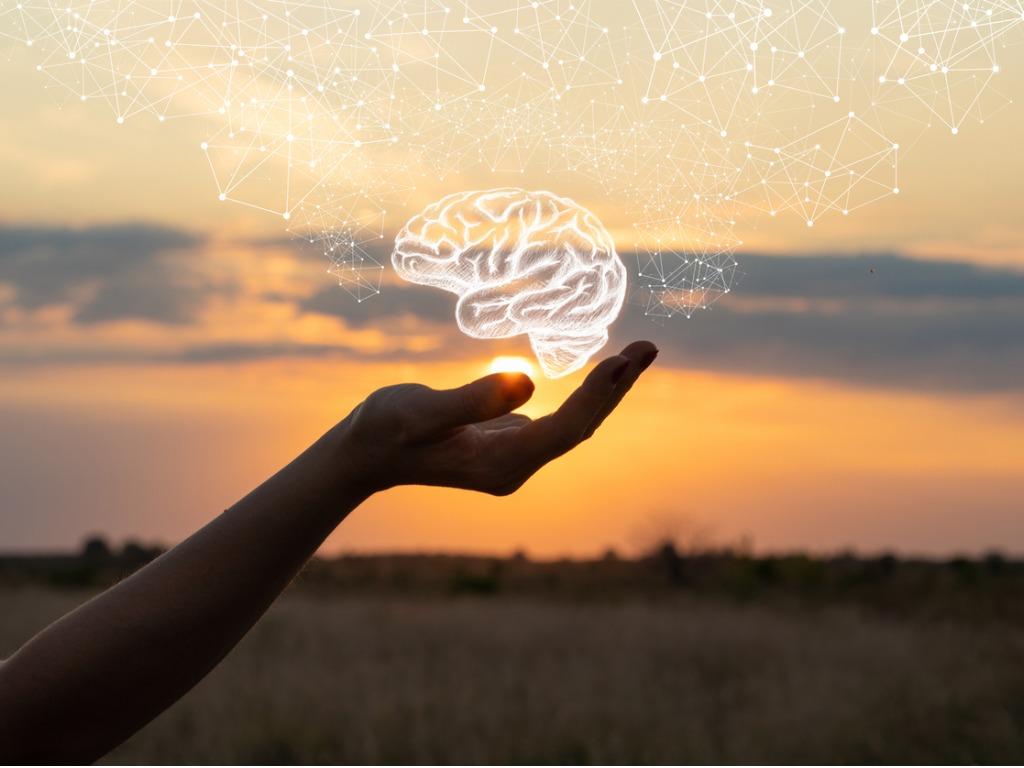ADHD is usually thought of as a disorder of attention, but it is better understood as a disorder of regulation. Emotion regulation is a key aspect of ADHD, and here is a bit of perspective on it. The limbic system of the brain is where emotions start. It gives and receives messages from all other parts of the brain. The frontal lobes help to regulate emotions generated from this tiny but powerful center. The communications between brain regions happen so quickly, the emotional response often feels like a reflex.
We have within us a powerful resource to expand the nanosecond, between emotion….and….response.
Individuals with ADHD can sometimes have difficulty managing their emotional responses, because of inefficiencies within these circuits of communication. Here are some tips to help:
- Bring awareness and acceptance to the emotion regulation struggles of those with ADHD, by thinking of their behaviors in terms of brain biology
- Know that these they might have a more pronounced internal experience of emotion, and more difficulty moderating their behavioral responses to emotion
- Teach strategies to recognize and accept emotions as normal human responses
- Work together to develop vocabulary for emotions
- Practice self-calming techniques such as meditation and movement
- Connect with breath to allow space to choose response to emotion
Try this exercise to practice for The Big Feels:
- Feel the feeling
- Name the feeling
- Take 1-2 slow breaths
- Decide on response
“In between stimulus and response lies a space. In that space lies our freedom and power to choose a response. In our response lies our growth and our happiness.” – Viktor Frankl


